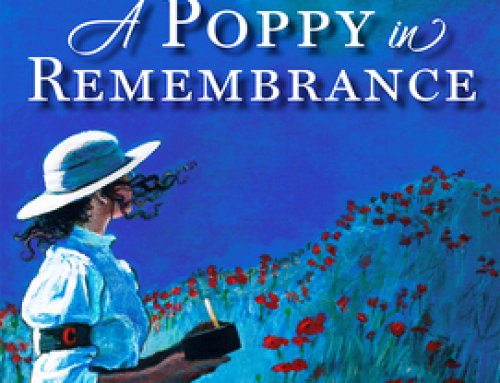Nowadays no self-respecting new book would dream of hitting the bookstores with only a mere jacket. The modern book is virtually adorned with an arsenal of communication tools. Many broadcast news about their content from websites, collect fans on Facebook, call constant attention to themselves in Twitter, and, like films, star in a video trailers.
Indeed, a deliciously wicked example of the brave new world of publishing comes from one of my favorite northern California authors, Amy Stewart.
This Eureka based author’s latest, “Wicked Plants: The Weed That Killed Lincoln’s Mother & Other Botanical Atrocities” (Algonquin Books, $18.95), sports a newsy website, www.wickedplants.com. Go there and you can see Stewart in her new book’s hauntingly entertaining online video trailer.
Indeed the bestselling author of “The Earth Moved: On the Remarkable Achievements of Earthworms” and “Flower Confidential: The Good, the Bad, and the Beautiful in the Business of Flowers” newest offering couldn’t be more timely. The new publication appears at a time when we’re all getting uncomfortably reminded that danger knows no season or special location. Deadly, toxic, murderous stuff, Stewart warns, can flourish in even the daintiest garden.
So how did Stewart decide which 200 plus wicked plants to catalog in her botanical guide of shrubs and vines that can kill or maim the rest of us?
“Well, there are literally thousands of plants that are poisonous, painful, invasive, intoxicating, and so forth. I couldn’t possibly include them all. So I looked for plants that had an interesting backstory. There had to be a victim–a body count. If a plant killed someone famous, like Socrates or the mother of Abraham Lincoln, I included it. If it was involved in a notorious murder case, like that of serial killer Dr. Thomas Neill Cream, or if it had attacked a person in a particularly gruesome way, it made the cut,” explains Stewart. “A vine alone in a jungle isn’t much by itself. But when a person stumbles into it and realizes it can be used to commit a crime-that’s when it gets interesting!”
And dangerous plants can thrive in public places according to Stewart. “Many of the plants I included are familiar garden plants, like daphne and oleander. In Chicago I found some beautiful deadly flowers, like castor bean and datura, growing in public parks and even spilling out of window boxes at the library. It’s kind of thrilling to see so much wickedness out in the open like that.”
Although Stewart’s book tour is currently underway but she doesn’t visit Sonoma County until June. Until then, learn more about her new book at www.wickedplants.com. Who knows? You might find an botanical evil doer in your backyard.
*********
Speaking of evil things flitting around us, west county author Peter Laufer reveals the behind-the-scenes world of collectors, criminals, and cops obsessed with one of nature’s most beautiful and delicate creations in his new book “The Dangerous World of Butterflies: The Startling Subculture of Criminals, Collectors, and Conservationists” (The Lyons Press, $24.95). War weary from writing his previous book about Iraq, Laufer joked before an audience recently that his next book would be about butterflies. The result: an invitation to a butterfly preserve in Nicaragua which brought the award-winning, veteran journalist face to face with the butterfly industry and the butterfly underground.
**************
Certainly Sonoma County author Lynn Freed isn’t frightening, but her unconventional tales haunt. Freed’s sixth novel, “The Servant’s Quarters” (Houghton Mifflin, $24) details a 20-year romance in post-WWII South Africa. “The Holocaust–a term we didn’t use at the time–hung over my childhood like a fog,” said Freed, who grew up in South Africa, in an interview included in the book’s publicity packet. “Certainly, it entered my dreams in the form of nightmares, the idea of which I have used in this new novel.” Find out more: http://www.lynnfreed.com/.










